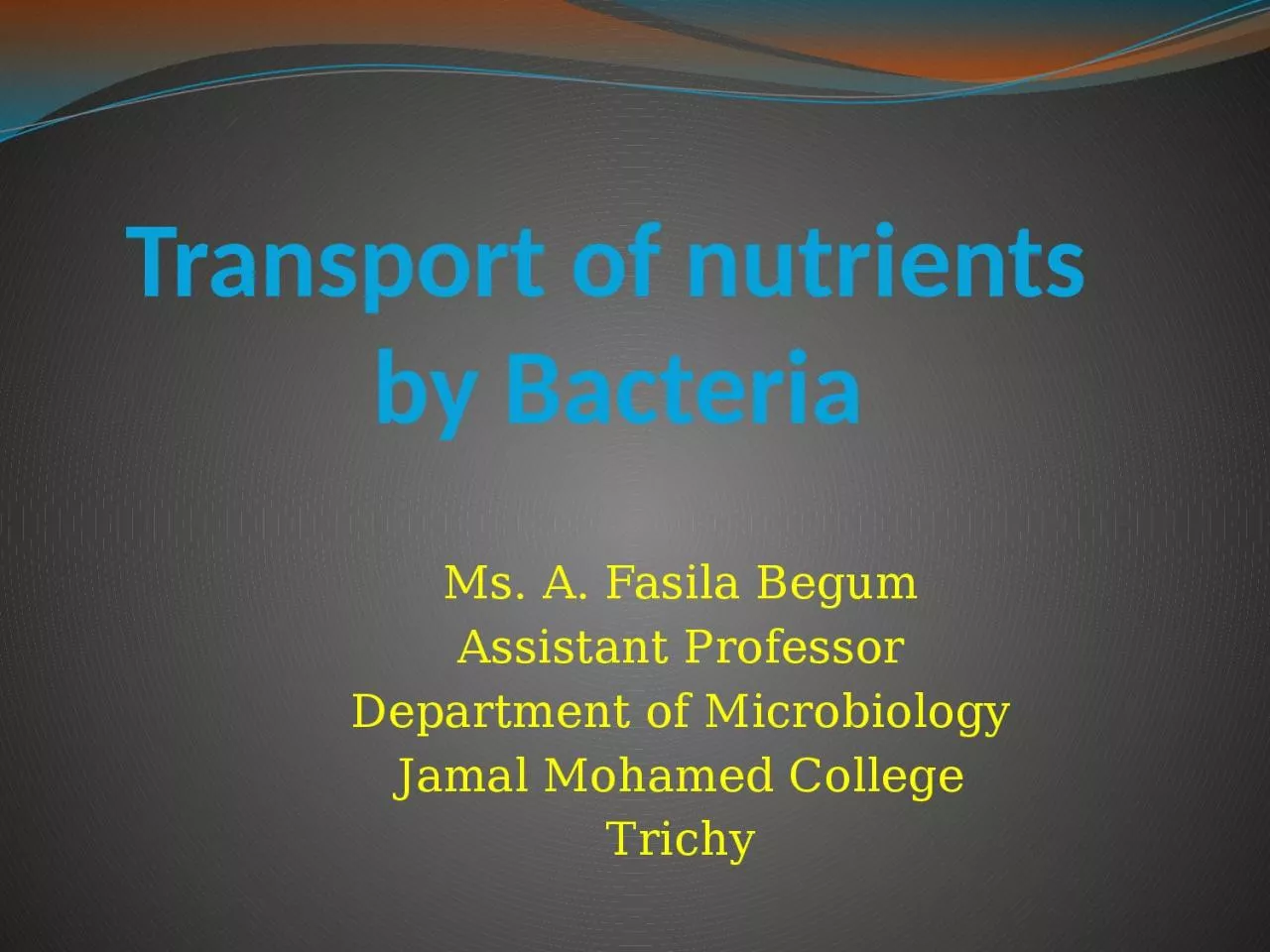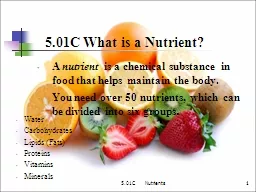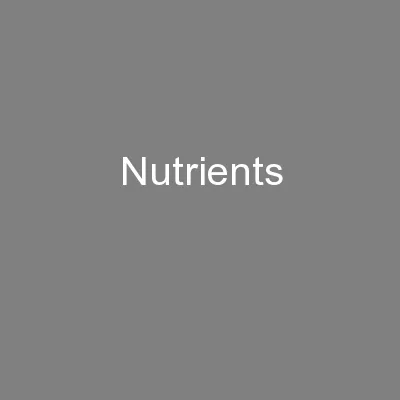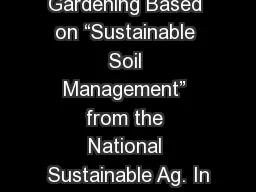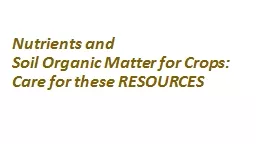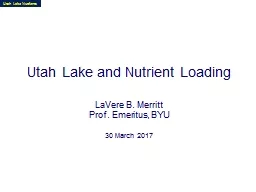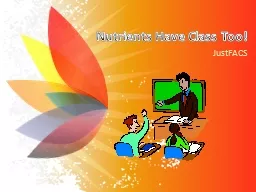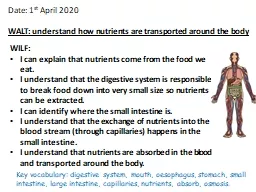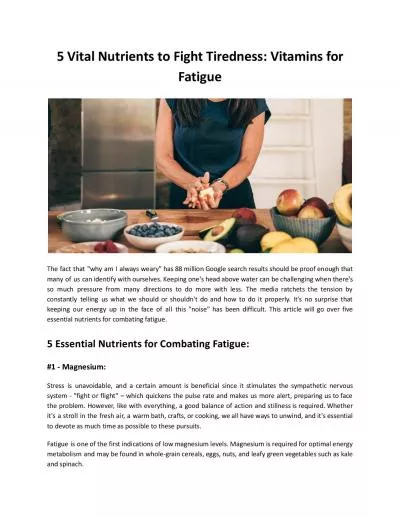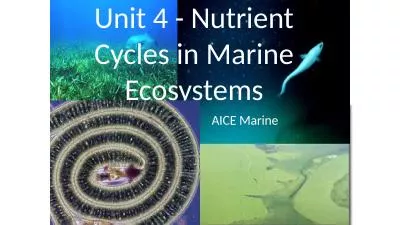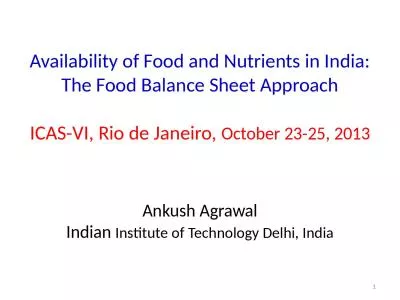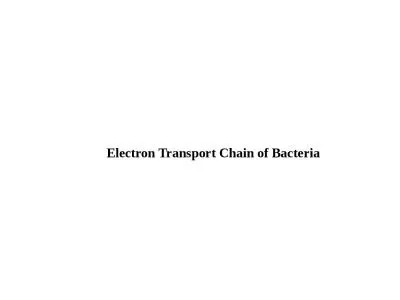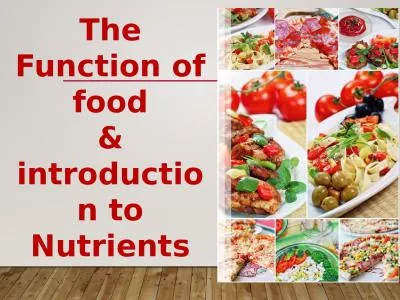PPT-Transport of nutrients by Bacteria
Author : jordyn | Published Date : 2024-01-03
Ms A Fasila Begum Assistant Professor Department of Microbiology Jamal Mohamed College Trichy Introduction All microbes have a need for three things carbon energy
Presentation Embed Code
Download Presentation
Download Presentation The PPT/PDF document "Transport of nutrients by Bacteria" is the property of its rightful owner. Permission is granted to download and print the materials on this website for personal, non-commercial use only, and to display it on your personal computer provided you do not modify the materials and that you retain all copyright notices contained in the materials. By downloading content from our website, you accept the terms of this agreement.
Transport of nutrients by Bacteria: Transcript
Download Rules Of Document
"Transport of nutrients by Bacteria"The content belongs to its owner. You may download and print it for personal use, without modification, and keep all copyright notices. By downloading, you agree to these terms.
Related Documents

